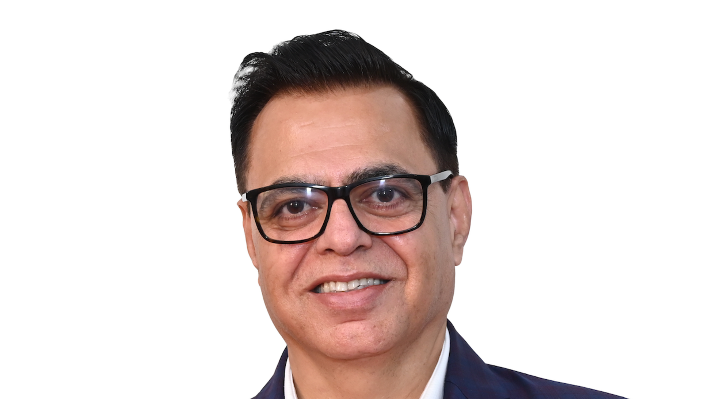Cardiovascular disease is India’s silent epidemic, driving 27% of deaths. On World Heart Day 2025, “Don’t Miss a Beat” urges patient empowerment through awareness, lifestyle change, digital tools & shared decisions—transforming care into prevention for a healthier India.

Rajeev Sibal, President, India Region Formulations, Lupin Limited
The Changing Face of Heart Health
India today has a pronounced public health challenge - cardiovascular disease (CVD), accounting for at least 27% of deaths worldwide. With the current burden of the disease, we can conclude that cardiovascular disease has become a silent epidemic in India. Based on the National Crime Records Bureau (NCRB) record of 'Accidental Deaths and Suicides in India,' there were 32,457 deaths in 2022 due to heart attacks, up from 28,413 deaths in 2021.
Although medical advancements limit the severity of these conditions, it is equally important to identify and empower patients to seek timely awareness and to have access to tools to make changes.
The official theme for World Heart Day 2025, "Don't Miss a Beat," truly highlights the importance of active patient participation in care. The real breakthrough is when patients take an active role in their health. On World Heart Day, we should focus on empowering patients through knowledge, access and choices that can save their lives.
The Traditional Model vs. The Patient-Centric Approach
Historically, care has been doctor-led and reactive—patients only come in after symptoms worsen. A shift is necessary toward preventive and participatory care. Patient empowerment results in better health outcomes, lower costs, and increased resilience. When patients recognize their role in prevention through lifestyle change and long-term care, the cardiology story in India will be rewritten.
What Does Empowerment Look Like?
Barriers to Patient Empowerment
The current priority for health care providers, pharmaceutical organizations, government, communities, and organizations is to come together to advance preventive care. Hospitals are doing their part by developing education sessions in multiple languages, as well as lifestyle counselling clinics that integrate diet, exercise, and yoga lessons with medical treatment. Adherence improves when patients understand the “why” behind a treatment or lifestyle approach.
Looking Ahead: A Future Where Patients Lead Their Care
India is at a pivotal moment in managing heart disease. The nation is beginning the process of transforming the landscape of heart health through education, utilization of technology, prevention, and patient empowerment. The new face of cardiology in India goes beyond just utilizing state-of-the-art hospitals in big cities — it is about a movement to change the way that every person, from a city worker to the farmer who lives in a rural village, attends to their own heart health.
This World Heart Day, we reaffirm our dedication to raising awareness, fostering compassion, and building partnerships. When empowered patients collaborate with healthcare stakeholders, they can combat the silent killer and help create a healthier India.
Empower your business. Get practical tips, market insights, and growth strategies delivered to your inbox
By continuing you agree to our Privacy Policy & Terms & Conditions
